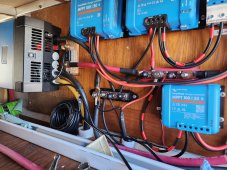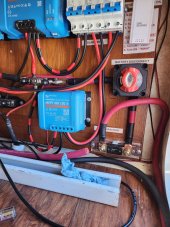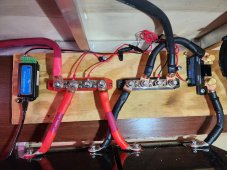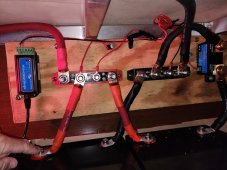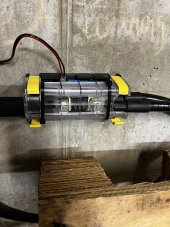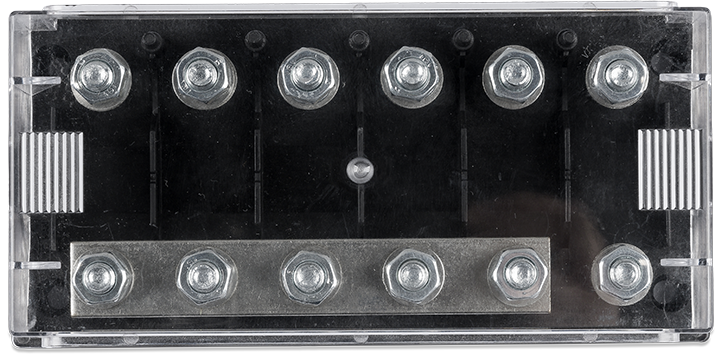Kcdaniels
New Member
- Joined
- Sep 22, 2019
- Messages
- 263
My system is 12v two Lithium batteries Wired in parallel For a total of 400 amp hours Connected to a victron multiple plus 2000 inverter.
I just upgraded my wiring from 1/0 to 3/0. I'm using 200 amp anl fuse right before the inverter and another 200amp anl fuse right before the battery cut off switch..
After rewiring to the upgraded 3/0 and running a 1300 watt load for about 10 minutes the only areas of heat are right at both fuse points..
Would it be a better option to up grade these fuses to a t class fuse ? And if so what would be a recommendation for a brand ?
The pictures are before the upgrade to 3/0 wire
I just upgraded my wiring from 1/0 to 3/0. I'm using 200 amp anl fuse right before the inverter and another 200amp anl fuse right before the battery cut off switch..
After rewiring to the upgraded 3/0 and running a 1300 watt load for about 10 minutes the only areas of heat are right at both fuse points..
Would it be a better option to up grade these fuses to a t class fuse ? And if so what would be a recommendation for a brand ?
The pictures are before the upgrade to 3/0 wire



